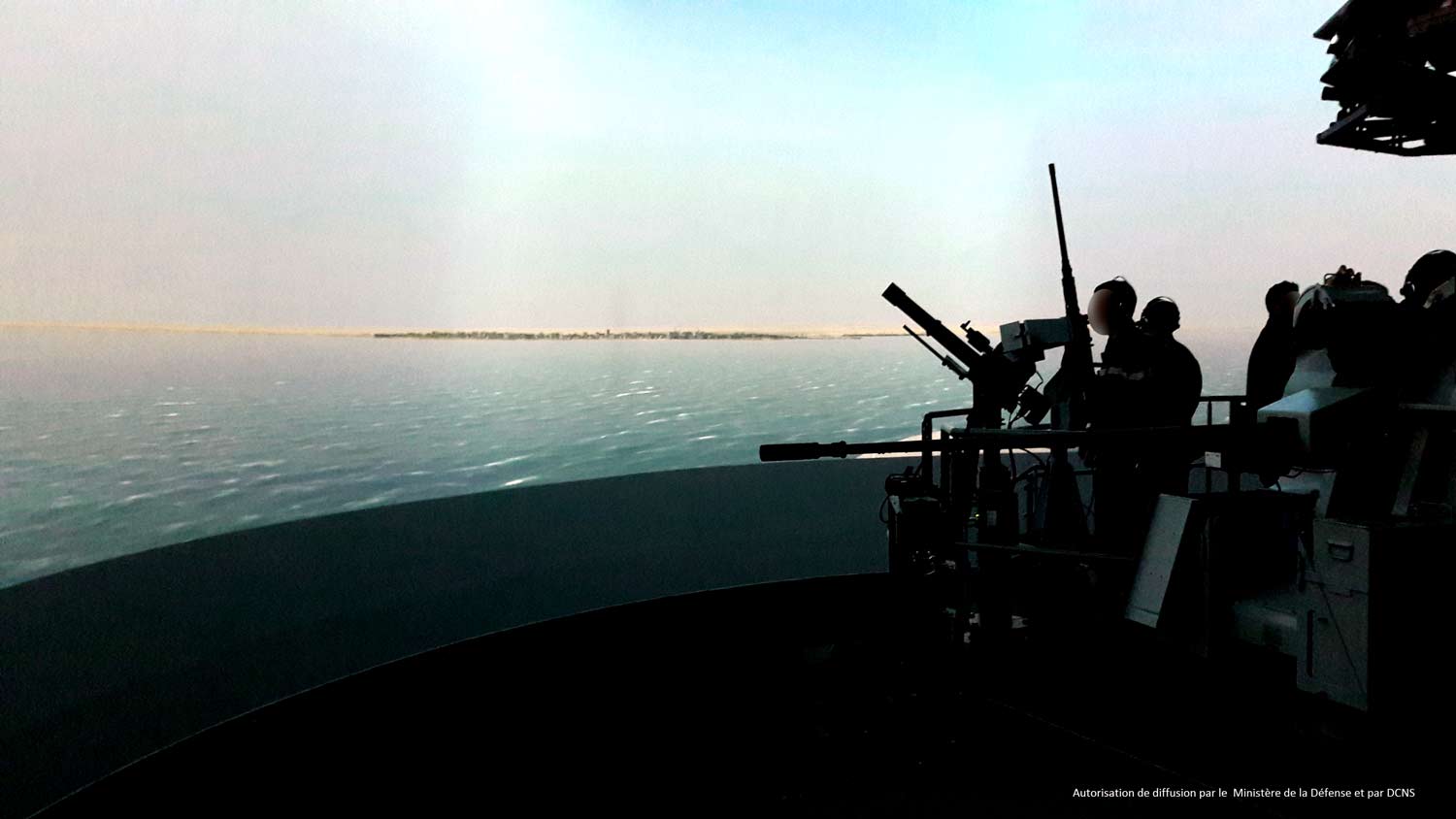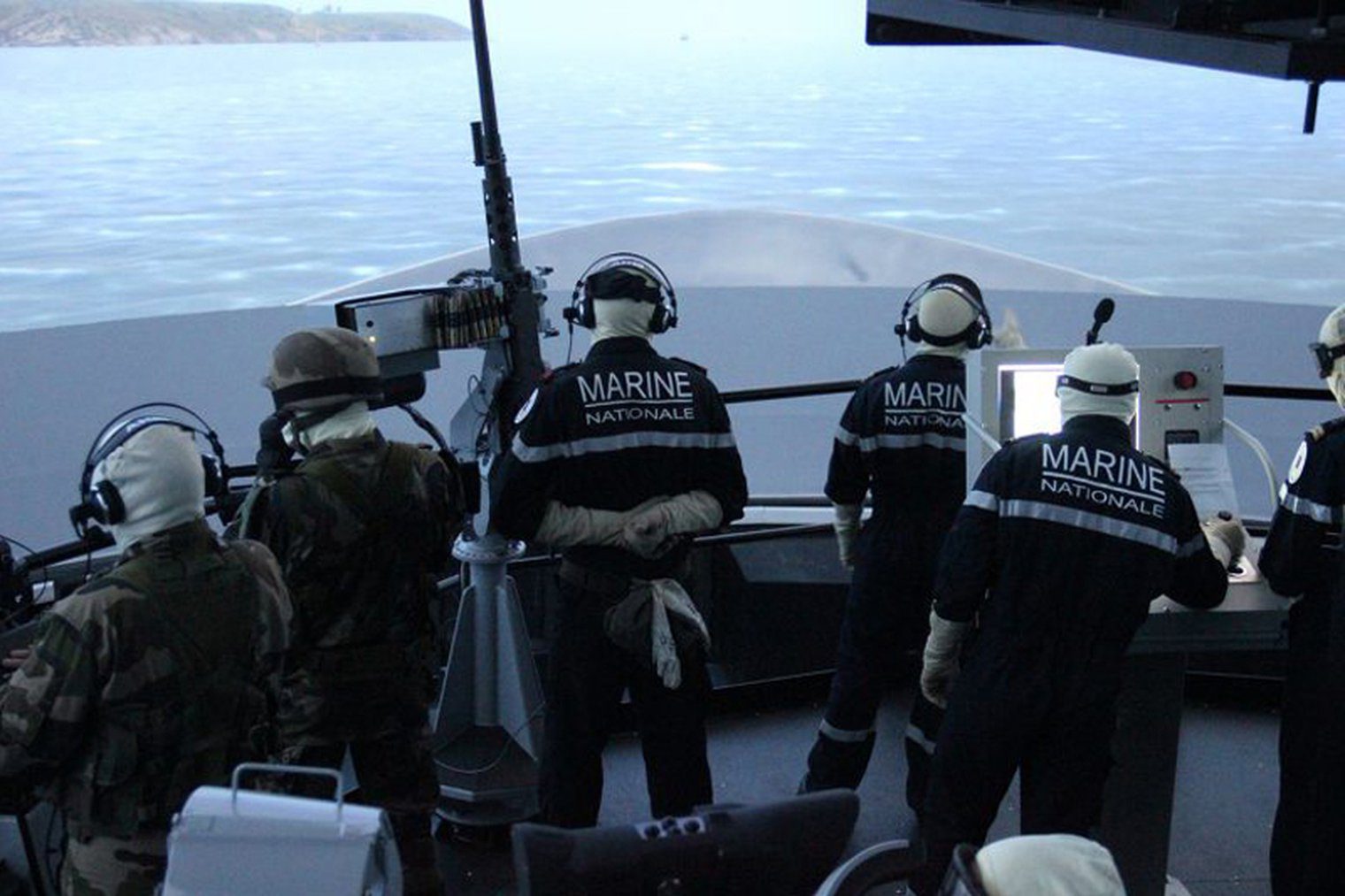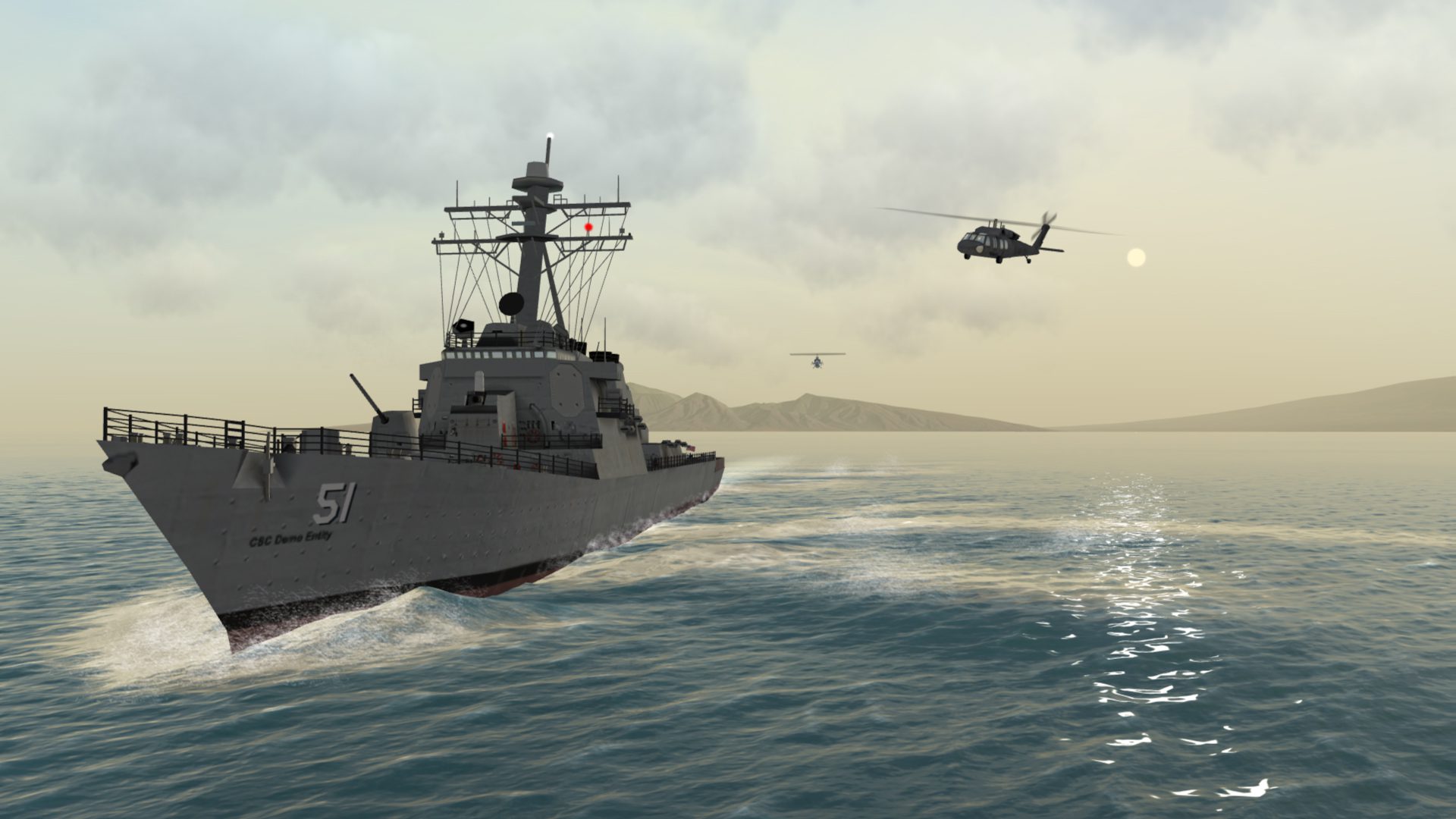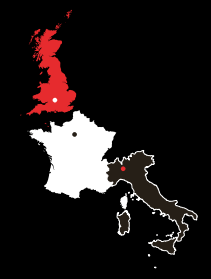The navy has a long and distinguished history, but it is also very much a contemporary and leading-edge fighting force.
The modern navy is technologically advanced with various automated systems, but it still depends on having professional crews who can respond rapidly and efficiently in high-risk, volatile situations.
Shipboard defence training is an essential element in this preparedness, and naval simulation is an effective means of supporting and delivering this.
What are the Training Challenges the Navy Faces?
Live training exercises at sea are expensive and logistically complex to stage.
The navy faces constraints in terms of time as well as cost – it needs well-trained personnel, but it is challenging to train them while on duty onboard vessels while they have regular duties and tasks to perform. How to familiarise personnel with equipment, tactics and procedures, to give them the necessary preparation for shipboard defence?
The answer is ship defence simulation. The MAK ONE suite of simulation platforms includes a dedicated sea-based simulation package, for shipboard defence training. The package is fully interoperable with other modelling and simulation platforms, so it can enhance and expand this type of capability where it already exists.
How Does Naval Simulation Work?
Virtual training using MAK ONE’s naval simulation platform puts trainees in an immersive environment, where they learn to operate weapons along with team coordination and communication. This environment is highly realistic and lifelike, and provides the perfect training ground for learning a wide range of specialist skills and meeting key training objectives.
The first-person capabilities of simulation put the trainee at the heart of the action, as an active protagonist.
At the same time, the platform’s flexibility also enables instructors to interact closely with simulation exercises, customising training for individual requirements and skill levels.
Simulation uses proven training concepts and immerses trainees in tactical scenarios where they must:
- Operate complex weapons systems
- Use and respond to radio and voice communications
- Take decisive countermeasures in the face of threats
- Experience challenging weather conditions
- Interact with vehicles and virtual personnel.
For command and staff training, MAK ONE includes a Staff Tactical Trainer to support commanders and staff officers, develop rapid decision-making skills, and to plan and review actions.
This makes the platform ideal for naval training programmes.

What Are the Capabilities of Ship Defence Simulation?
MAK ONE incorporates VR-Forces, a powerful computer generated forces (CGF) simulation, which acts as a threat generator for training purposes. This is a flexible platform, which instructors can customize, as well as use its already programmed features:
- It defines scenarios, and enables instructors to build them, creating scalable simulations, where customers can fully integrate their own data into the platform. These can involve a few selected personnel in close quarters, or encompass an entire theatre of operations
- It simulates the behaviour and interactions of objects with their environment, giving them a high degree of autonomy, which makes the whole experience that much more lifelike
- AI control means simulation entities will execute tasks or missions based on things that occur during the simulation, so when a ship meets a certain point it might trigger an attack
- High-fidelity weapons interactions are plugged-in for action in real time
- While training is ongoing, the instructor can manipulate all entities in the simulation in real time, providing close and precise training exercise management.
A key aspect of the platform is its interoperability.
This enables the MAK ONE suite to work seamlessly with other modelling and simulation architecture, such as:
- DIS – Distributed Interactive Simulation
- HLA – High Level Architecture
- TENA – Test and Training Enabling Architecture
What Does the Trainee Experience?
MAK ONE’s ship defence simulation platform puts the trainee at the heart of the action. They experience high-fidelity surroundings and environmental conditions, including lifelike views of the sky and ocean.
Extremely realistic environmental conditions include multiple cloud layers, rain and wind. There is accurate rendering of day and night light conditions, and the effects of shadows and atmospheric conditions on visibility.
The sea looks and feels real, with water reflection and transparency, tidal movements and swells.
3D content represents different human characters, vehicle types and weapon systems. Visual effects include weapon fire, detonations, flames and smoke. The system has built-in sensors that model physically accurate views from the trainee’s perspective.
A high-fidelity physics engine provides accurate vehicle motion.
The trainee is immersed in this environment, opening doors, deploying weapons, taking countermeasures against hostile elements and forces, and interacting with a library of hostile and neutral characters.
While this simulation training takes place, instructors can also measure and analyse performance in real time, and adjust and fine-tune exercises accordingly.
What Are the Benefits of Simulation in Shipboard Defence Training?
Immersive training environments give individuals the access and means to apply cognitive learning in challenging conditions that accurately replicate real world situations. This form of learning is an active and immersive process, which engages the senses to firmly embed information and skills.
It familiarises trainees with equipment, procedures and tactical responses, but also includes the unpredictable, volatile elements and hostile actions they would have to face in actual shipboard defence scenarios.
Simulation environments are therefore both suitably demanding on trainees, but also risk-free. They enable instructors to put trainees through rigorous exercises without the expense of mounting large-scale training operations at sea.

The French Navy has adopted simulation technology to train its forces in practical shipboard defence, using the VR-forces platform.
Here, ST Engineering Antycip adopted the simulation software for the client’s specific needs. The software enabled users to detect and recognise moving objects from a distance, and included infrared and image intensification for night time and low light operational training. Onboard tactical operations teams and active naval personnel have benefited from this simulation training.
ST Engineering Antycip and MAK ONE
We specialise in providing expert simulation, virtual reality and visual display training. One of our key partners in providing this is MAK Technologies. Their MAK ONE suite is an advanced, whole-world synthetic environment simulation platform, including dedicated ship defence simulation.
To find out more, download our free ebook on Simulation Platforms for Air, Land, Sea, Cyber



















